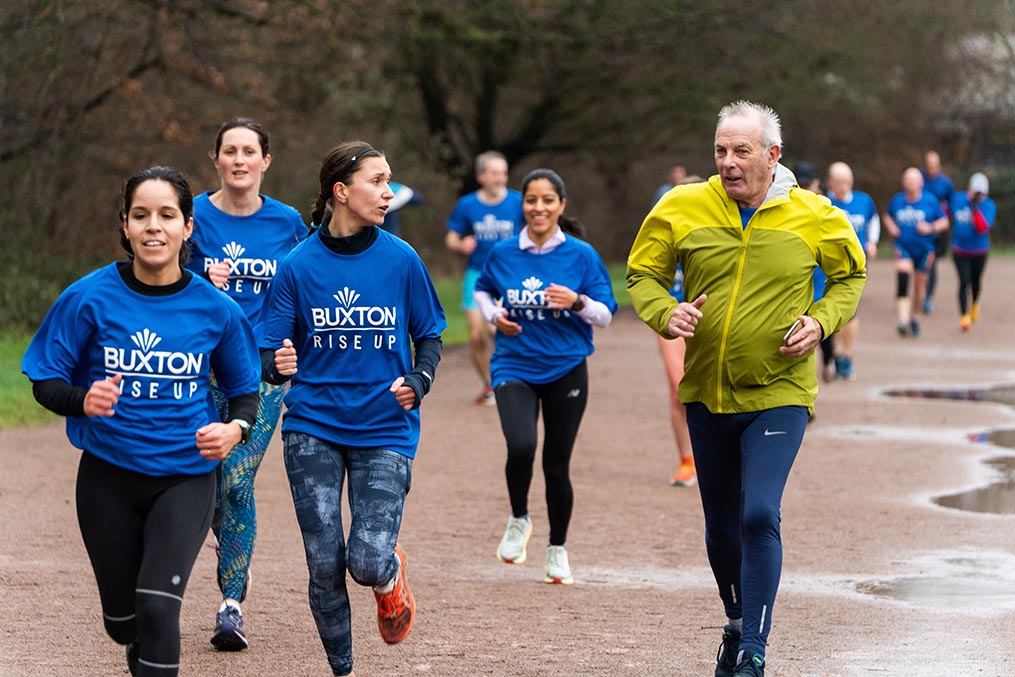The Benefits of Cross Training
Cross training really just means incorporating a number of different activities into your exercise routine. By doing this you’ll use a range of movements and load a variety of muscles, bones, joints, and ligaments which in turn will help avoid the repetition or impact injuries associated with a single activity, such as running. Cross training improves your overall mobility and agility, reduces boredom, and helps to keep you motivated.

The main goal of adding cross training to your exercise routine is to enhance fitness and add variety but also to improve any areas of fitness that may have been neglected. It’s mixing things up that will make the difference, especially if you’re training for one particular sport or event. For example, if you normally do longer endurance exercise, then including some shorter activities, at a higher intensity, will add balance to your training.
By mixing up activities, it means you’ll have a different emphasis on areas such as cardio-vascular fitness, endurance, strength, flexibility, and mobility. To improve overall fitness, choosing cross-training activities that challenge a couple of fitness areas is a great choice because although there are good reasons for doing one activity, it can often restrict your level of overall fitness. Even if your focus is on one specific sport, such as running, including some cross training activities like cycling, rowing, swimming, Pilates, or conditioning exercise will provide some positive benefits.
There are a huge number of different activities that we can include as cross training, here are some examples in their various categories:
-
Cardiovascular Exercise focuses mainly on your heart and lungs but also works on various muscle groups, e.g.,
cycling, swimming, rowing, hiking, circuits, HIIT training, racquet sports
-
Strength Training increases your bone strength, muscle condition and tone and can also help improve your balance and coordination:
Weight machines or free weights, circuit training, plyometrics
-
Flexibility and Balance Training - these can easily be overlooked but are important for overall wellness. Having good mobility helps reduce pain and the risk of injury:
Pilates, Yoga, stretching and using a foam roller
Cross-training also reduces the risk of injury from overuse, repetitive stress and impact and offers other benefits too, such as:
-
creating variety and flexibility in your training
-
allowing you to continue to train while injured
-
providing overall body conditioning to a variety of muscle groups
-
improving your mobility, agility, and balance
-
working certain muscles while allowing others to rest and recover
The key is to make sure that the activities you’re doing are complementing your main sport and not leaving you too fatigued to do your important key training sessions. Very often an instructor leading a class can be well-meaning and enthusiastic, but the activity can easily turn into a hard session, resulting in you feeling fatigued with muscle soreness for a couple of days. This isn’t helpful for keeping your exercise going consistently and it can also affect your motivation, leaving you more vulnerable to injury or illness, so be careful.
Cross training is also a smart alternative when the weather is bad, if you’re in a new location and don't know where to train or if the gym is your only option to exercise, then cross training is a safe and smart alternative. It’s varied, versatile and can either be your main focus of exercise or, if you’re already training for a particular sport, then including cross training a couple of times a week will really allow you to feel the benefits.
So don’t underestimate the value of doing alternative training.
Keith Anderson
Head Coach
Full Potential Coaching

UK Running Events & Marathon Calendar
If you’re looking to take on a challenge this year, a half marathon (UK) or a big run is perfect! Find out about your big run with our UK marathon calendar.
Take a look
Top Running Apps
Running gets easier, more fun and more effective with the proper app. With so many running apps out there, it can be a minefield trying to find the one that’s right for you. No worries, we’ve broken down the top running apps in a useful list.
Take a look
The easy guide to marathon recovery
Recovering from your marathon is just as important as training for it. Find out how to do it safely and carefully.
Take a look
The easy guide to race day: marathon nutrition and hydration
From drinking water little and often to having a carb-rich meal, there’s a lot that goes into a good nutrition and hydration plan for your marathon race. Here’s what you need to know.
Take a look
How to train for a half marathon
Training for a half marathon can be a daunting task. But don’t worry; we have plenty of tips to make training for a half-marathon a safe and enjoyable experience.
Take a look
How to train for a full marathon
Discover helpful tips and advice around marathon training with BUXTON.
Take a look
Five key pre-run stretches
When running a marathon or just beginning a training session, it’s really important to remember to stretch. Here are our top pre-run stretches to do before you set off and start running.
Take a look